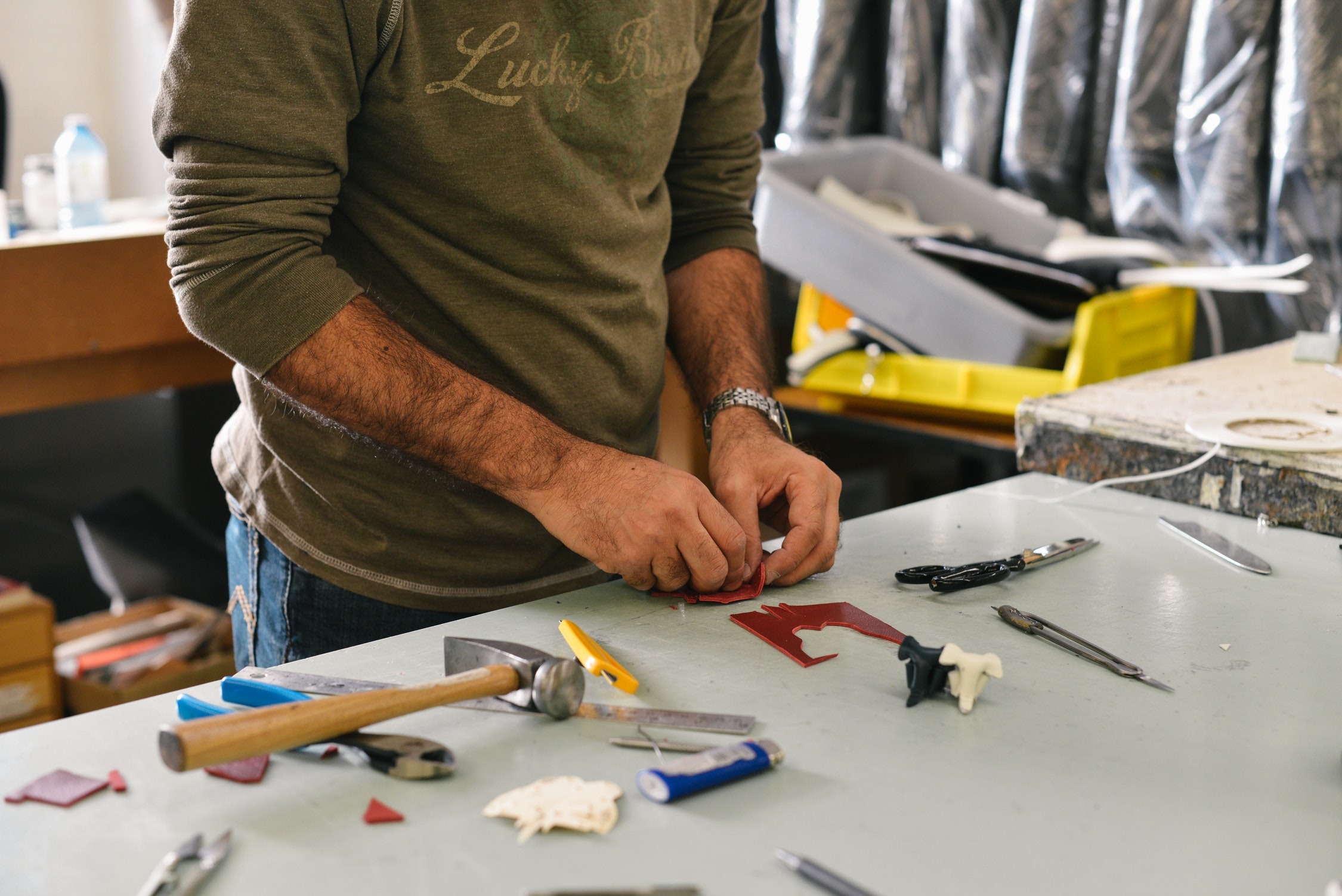Utility Patent or Design Patent?

When you’re applying for a patent, there’s two main types you should be familiar with: a utility patent and a design patent. Determining which patent applies to your invention can be confusing but it’s a crucial part to receiving adequate protection for your ideas and inventions. While a utility patent is by far the most common patent issues by the U.S. Patent and Trademark Office, there are some special cases where it’s not the best choice.
Utility Patent Protection- Protecting Functionality
A utility patent will protect that structure, composition and/or function of your invention. It can cover a physical device, a step-by-step methodology in inventions like software or methods of manufacturing, or a composition of matter such as biology or chemistry.
Generally speaking, a utility patent will last for 20 years starting at the earliest filing date and successful applicants will owe maintenance fees three times during the course of their patents’ life.
Even though a utility patent application is more expensive than a design patent application, it’s the most commonly issue patent for many reasons– most important of which is the protection this patent offers.
The typical cost to file a utility patent– without any added fees– is $410.
Pros of a Utility Patent
A utility patent is great for:
- Protecting the functional aspects of your invention
- Protecting many different variations of a product under one patent
- Providing broad patent protection that makes it difficult for a competing product to avoid patent infringement and
- Protecting an invention for a longer amount of time
Cons of a Utility Patent
While utility patents are great for many things, there are some cons to them as well. If you’re considering applying for a utility patent, make sure to explore:
- The increased cost of a utility patent over a design patent
- The increased time it takes to receive a utility patent (an average of 2-3 years) and
- The lack of protection for ornamental features on your invention.
Of course, part of the difficulty of obtaining a utility patent is the almost sure-fire first-time rejection from the U.S. Patent and Trademark Office. Every inventor should expect to respond to at least one rejection letter before their patent application is accepted. In the 1970s, the USPTO awarded more than 70 percent of applicants with a utility patent but that number has dropped to only 44 percent today.
Design Patent Protection- Protection Appearance
Even though design patent applications are cheaper and easier than utility patent applications, they’re the least common type administered by the U.S. Patent and Trademark Office. A design patent is used to protect the ornamental design of an invention and the non-functional aesthetics. A design patent can even protect the coloring of your invention if that’s what you’re wanting to protect.
The life of a design patent depends on the filing date. Anyone who filed for a design patent before May 13, 2015 can expect their patent to last for only 14 years. Anyone who filed after May 13, 2015 can expect their patent to last for 15 years. Unlike the utility patent, applicants do not have to pay any maintenance fees over the span of their patent.
The typical cost to file a design patent– without added fees– is around $220.
Pros of a Design Patent
A design patent is good for:
- Providing protection at a decreased cost
- Delivering faster patent protection (1-2 years on average) and
- Protecting the ornamental design is the main feature of the product is its appearance
Cons of a Design Patent
Just like with a utility patent, a design patent has some cons you should consider before applying. Consider:
- Design patents do not protect the functionality of your invention
- Design patents can be simple for competitors to design around to avoid patent infringement and
- It’s difficult to protect different variations of the product
Filing Both a Design Patent and a Utility Patent
Sometimes a situation isn’t quite black-and-white and an invention can benefit from being protected by both a design patent and a utility patent. If you’ve designed something that has both a unique form and a unique function, you may want to consider filing both. While it does take some time to receive a patent, both patents applications will give you the “patent pending” association.
Other Kinds of Patents
Utility and design patents take up the majority of the yearly applications at the U.S. Patent and Trademark Office. There is, however, a third option. Plant patents are only 0.1% of the yearly applications and are used when a botanist can show they’ve created a new plant variety. This type of patent has more stringent requirements and is incredibly specific in what it will and won’t cover.
Applying for a Utility Patent or a Design Patent
As stated previously, a design patent is easier to apply for than a utility patent. Inventors applying for a utility patent must be able to prove the invention’s unique function and include specific claim words as to what the invention is capable of.
To get a utility patent, you start by filling out a provisional application. This application is a temporary patent request to give you time to file your official request, typically one year. A design patents doesn’t have this process because you simply file whenever you’re ready because you’re assuming less risk with just the design.
Once a patent lapses, no matter the type, the invention enters the public domain and the inventor loses all rights and powers over their invention.
Still Have Patent Questions?
If you still have questions about what type of patent protection you should apply for, give Alotech a call! Because we work with inventors with a range of products and needs, we have the resources and knowledge to help you navigate the tricky minefield of patent applications. Contact us today by calling 919-842-3599 or visiting our contact page and fill out the form.
